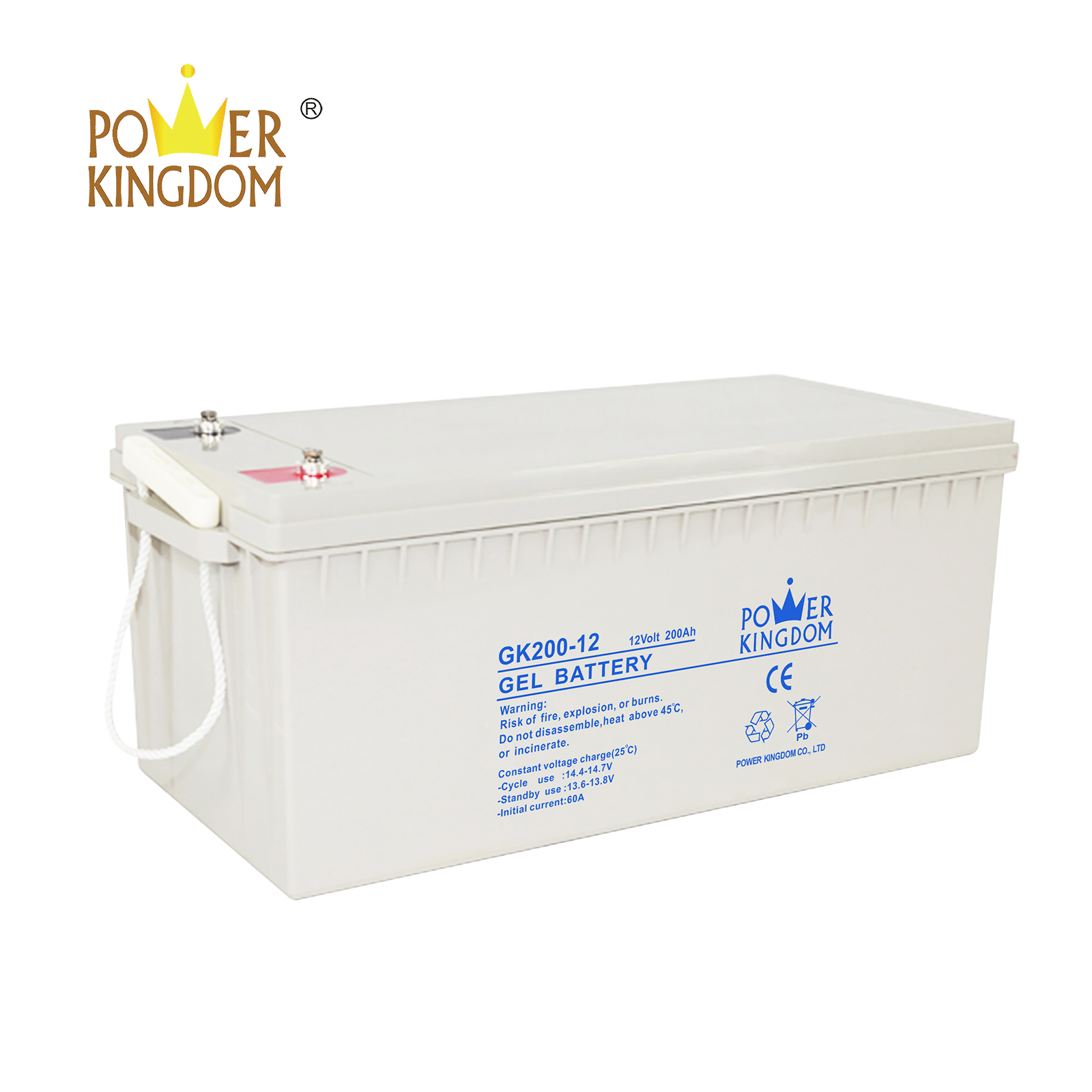

This can be quite an advantage when laying up your vessel at the end of the season. Flooded-cell batteries self-discharge 1 percent per day or 30 percent per month (at 68 degrees), while VRLA batteries self-discharge generally less than 2 percent per month. In addition, the gels self-discharge rate is extremely low. (These voltages are averages each battery manufacturer has its own recommended voltage levels, which must be strictly adhered to.) The upside of gelled electrolyte batteries is that they recharge much faster than flooded-cell batteries, provided that a regulated charge voltage is temperature compensated and is at least 13.8 volts DC, but no more than 14.1 volts DC. If you don’t have a voltage regulated, three-stage battery charger with temperature compensation or an alternator with a three-step regulator, then you should expect to get about half of the batterys rated life cycle. Gel batteries are extremely sensitive to charge voltages above 14.1-volts DC at 68 degrees.

The gelled electrolyte will then absorb the water, which keeps the closed system hydrated.ĪGM and gel batteries require a well-regulated charging system. During the charging, oxygen gas from the positive plate combines with the hydrogen gas on the negative plate inside of the cracks, producing water. During the cool-down phase, the gel solidifies and tiny hairline cracks form between the gel and the batterys plates. Once inside, the gel undergoes a chemical reaction, heats up, and liquefies. The agent allows the electrolytes water to bind with the acid. Gelled batteries use an electrolyte that has been thickened to the consistency of petroleum jelly by the addition of a silica agent. Never manually open the pressure-relief valves on a VRLA battery, because atmospheric oxygen will enter the battery and contaminate the entire cell, effectively ending your batterys life and warranty. The acronyms VRLA (valve-regulated lead-acid) and SVR (sealed valve-regulated) batteries are often used to describe this group of batteries. The individual cells of all AGM and gel batteries are fitted with special pressure-relief valves. This design prevents the escape of hydrogen and oxygen gases under normal operation and aids in retaining moisture inside of the cell, making the recombining process normally 99 percent efficient. Oxygen that is normally formed on the batterys positive plates during a recharging cycle migrates to the batterys negative plates and subsequently gets absorbed.Īs a result, hydrogen gas normally produced at the negative plates of a flooded cell battery is suppressed, as the oxygen recombines with the hydrogen to form water. This reaction is achieved by a gas phase transfer. AGM and gel batteries undergo a recombinant chemical reaction during recharging, whereby oxygen and hydrogen recombine inside of the battery. The chemical reaction that occurs inside of the sealed cases of AGM and gel lead-acid batteries differs from that of flooded-cell batteries. Before you run out and buy new batteries, make sure your charging system is up to snuff, or youll just go through the same routine in a year. These batteries are more expensive, and because they are sealed, they can be cooked for good, if the charge cycle is not well-regulated. For most of the boating public, the low self-discharge, low-maintenance (and reduced risk of spillage) of a sealed battery is very attractive. The downside is that these batteries self-discharge at a much faster rate than sealed batteries, so if your boat does a lot of sitting and little sailing, the sealed batteries have an edge.
Marine sealed 4d batteries series#
While living aboard, my wife Theresa and I had similar results with wet-cells-in our case, the heavy-duty Trojan 6-volts wired in series to produce 12-volts. In 2008, cruiser Andy O’Grady showed us how he stretched eight years of hard use out of his high-quality lead-acid. If you’re the handy, thrifty type, and you watch battery electrolyte levels as closely as you watch your wallet, the good old, flooded lead-acid battery is hard to beat. One of the most common questions we get regarding deep-discharge batteries-those batteries designed to power our lights and electronics-is whether to go with a gel-cell, AGM, or flooded lead-acid wet-cell battery. As spring fast approaches (it’s coming, I promise), a few of our less fortunate sailing brethren discover their house bank batteries can no longer hold a charge.


 0 kommentar(er)
0 kommentar(er)
